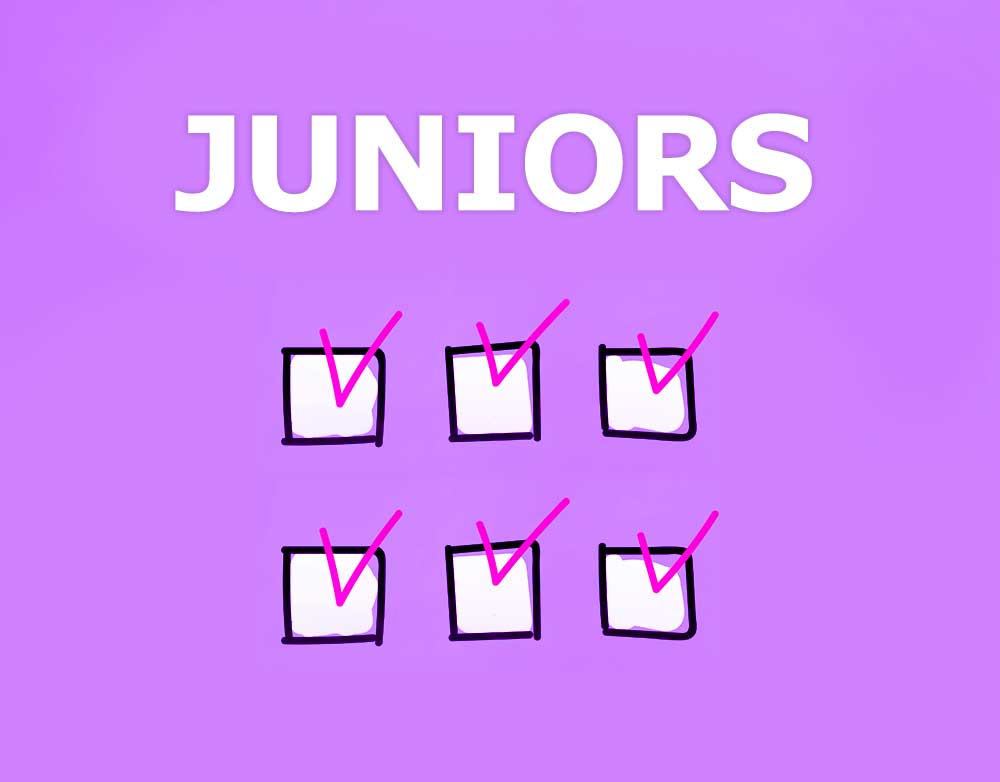Disclaimer: The information on our website is provided for general information purposes only. We make no representations or warranties of any kind, express or implied, about the completeness, accuracy, reliability, suitability or availability with respect to the website or the information contained on our website for any purpose. Any reliance on such information is therefore strictly at your own risk and we are not liable for any damages or losses arising out of or resulting from your reliance on any information contained on our website.
Being proactive in your college preparation during your Junior year is a smart move and this high school junior checklist is here to help. There are a few checklist items you can start this year to prepare you for your senior year.
- Talk to your school counselor and make sure you are on track to graduate next year. Pending the college goals you shared, your counselor may recommend revising your course schedule.
- Sit down with your parents/guardians and gain an estimate of your financial aid using FAFSA4caster.ed.gov.
- Register to take the PSAT/NMSQT (Preliminary SAT/National Merit Scholarship Qualifying Test) Test. This is crucial as you have to take this test in the 11th grade in order to qualify for scholarships and programs associated with the National Merit Scholarship Program. The PSAT/NMSQT test also prepares you for the SAT.
- Register to take the SAT and ACT. You may only need one or the other depending on the colleges you are interested in. If you know what colleges you want to attend already, see which test they require. If you don’t like your score this year, don’t worry, you can take the test again next year.
- Research and apply for scholarships your Junior year. Just because you can wait until your senior year, doesn’t mean you should. You can apply for some scholarships the summer before your senior year. Use the U.S. Department of Labor’s scholarship search to find scholarships.
- Learn about careers and their occupational outlook. For instance, you can use the U.S. Department of Labor’s Occupational Handbook for your research. This will help you when selecting a major and a college.
- Start looking at schools to apply too. The Bill & Melinda Gates Foundation created a useful resource to quickly lookup facts about any college on the College Completion website.
- Continue doing your best in school!
If you have yet to do so, take a free career test.

